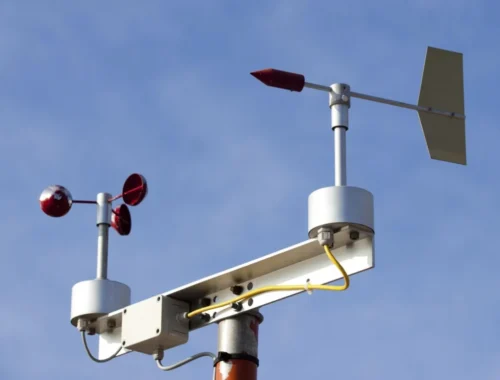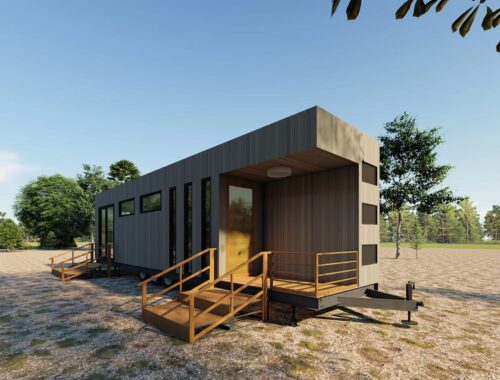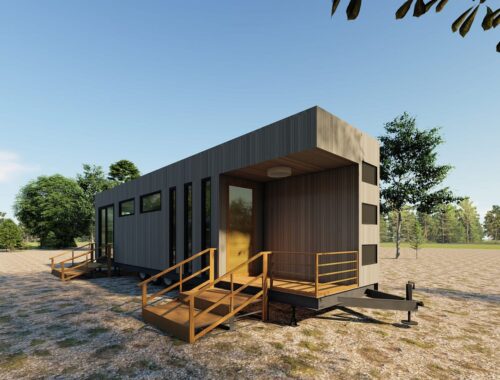"It’s Bizarro Land": Joshua Tree Will Remain Open
>
On Wednesday, the eve of the planned temporary closure of Joshua Tree National Park, the National Park Service did an about-face on California’s Hi Desert Radio Z107.7 FM. “The National Park Service now says the park expects to stay open and all previously closed areas and campgrounds will also be re-opened,” the broadcast said.
The Park Service had initially ordered Joshua Tree to close its gates on Thursday in order to address the ongoing damage to the park during the shutdown—including too much human waste, damage from vehicles off-roading, and cut-down trees. But within 24 hours, the Park Service said it would re-route park entrance fees for park improvements to pay staff and keep Joshua Tree open.
The directive to keep Joshua Tree open likely came from Superintendent David Smith’s bosses, Acting Director of the NPS Paul Daniel Smith (no relation) and Acting Secretary of the Interior David Bernhardt, according to a ranger who spoke to Outside on condition of anonymity. “Bernhardt is a longtime oil and gas lobbyist,” says the ranger. “He’s quite smart and knows how to keep his fingerprints off things.”
This is the first year parks have remained open during a government shutdown, thanks to a Department of the Interior contingency plan. There’s a lot of mystery surrounding this new protocol—few know who signed the order in the first place or why it was implemented—but it’s reasonable to assume that the Interior didn’t want to close the parks and risk a PR fiasco like the Obama administration faced in 2013. Now, 20 days into the latest shutdown, the Trump administration is facing its own PR crisis, with reports of parks—minus most of their full-time staff—getting trashed by visitors and their poop.
The Interior’s solution to keep the park open during the partial government shutdown is to allocate entrance fee funds to pay the staff. (The House Committee on Natural Resources is investigating whether this is even legal.) “Now, they’re using this money for basic operations like picking up trash, instead of deferred maintenance,” says the ranger. “We were never allowed to use fee money for basic operations. They’re basically dipping into money that may have projects that are already tied to it. If that money isn’t replaced, it won’t be there [in the future].”
The directive to allocate entrance funds to keep Joshua Tree open came as a surprise, says Seth Zaharias, co-owner of Joshua Tree climbing service Cliffhanger Guides, who’s been a local resident for 20 years and spearheaded volunteer clean-up efforts in the park during the shutdown. (When reached for comment, the NPS referred Outside to their press release.)
And now, thanks to new protocol that requires a day’s notice, a press release, and DOI approval, it will be even harder to close national parks at all. “Any closure of anything now has to be cleared by the Department of the Interior,” the anonymous ranger says. “Before any closures can take place, 24 hours of notice needs to be given to the Department along with a draft of the press release, unless it’s a true emergency.”
He received a memo this week from one of his superiors that read: “Interviews should be avoided during the lapse in appropriations except in cases of safety, emergencies, etc…. Please continue providing information as appropriate in health and safety of parks… will distribute further guidance in the coming days for parks to update basic website alerts and social media updates as there are changes to park accessibility and available services.
“While we know that parks are likely to be asked to speculate if and how this new policy will affect their day to day and long term operations, please do not speculate on these questions.”
“It’s bizarro land. No one has straight-up facts,” says Zaharias. “No one has ever seen anything like this.”
You May Also Like

Anemometer: The Instrument for Measuring Wind Speed
March 20, 2025
トレーラーハウスで叶える自由なライフスタイル
March 17, 2025